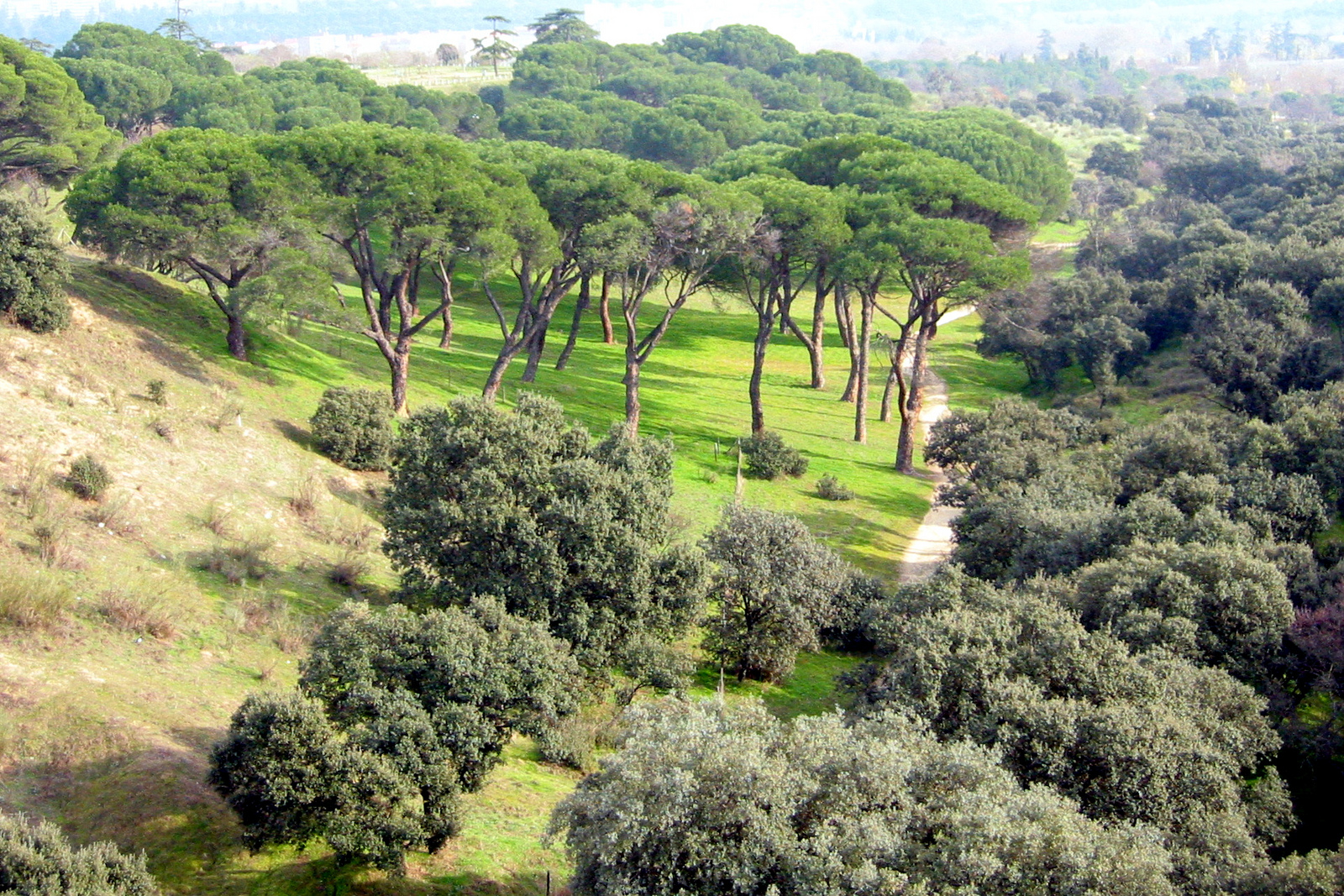If you are heading to Madrid, Spain in the upcoming months, either for a romantic getaway or family vacation, you should really try to schedule a trip to the Casa de Campo. Spanish for “Country House,” the Casa de Campo is the largest urban park in Spain and one of Madrid’s most popular locales for rest and recreation. To give you a clearer picture of this massive park, below we have provided a brief profile, including some interesting notes on its history, a description of some of its plant and animal species, and a glimpse into some of the facilities and activities available for you and your family.
Casa de Campo: Overview
Casa de Campo encompasses over 1,722 hectares (4,255 acres) of total land area, on which can be found a wide range of facilities, hundreds of plant and animal species and plenty of historical remains from years gone by. These features make the park a perfect getaway for lovers of nature, history and Spanish culture, as well as recreational enthusiasts.
The history of the park dates back several centuries, when in 1553 King Felipe II decided to move the Royal Court to Madrid and ordered the purchase of the Vargas family’s country home. Over time, the park continued to expand with the addition of adjoining properties, and during the reign of Fernando VI it was declared a Royal Forest. This was primarily due to the park’s proximity to the Royal Palace and the purpose the park played as a hunting site. When King Carlos III took the throne in the mid 1700s, Casa de Campo underwent reforms and the park was transformed into a livestock and farming area, activities continued during the reign of Queen Maria Cristina.
With the dawn of the Second Republic in Spain, ownership of the Casa de Campo was transferred to the city and the park was finally opened to the public for their enjoyment. Activities in the park were put on hold, however, during the three-year Spanish Civil War, as the site became one of the many stages of battles and bombings. To the delight of all Madrilènos, the park was reopened for good in 1946. Since then, reforestation efforts and the development of recreational and cultural facilities have made the park one of the city’s most treasured attractions.
Casa de Campo has been home to many historical structures throughout its history. Many of those have since been destroyed by weather, fire, time and war, but a few well-preserved buildings continue to stand proudly to this day. These include the majestic Palacio de Vargas and the Puente de la Culebra (Snake Bridge), built by Sabatini in 1782 on the Arroyo de Meaques, a tributary to Madrid’s main river and water source, the Rio Manzanares.
Other historical remains in the Casa de Campo include the mid-19th century Railway Bridge; La Tapia, built by Sabatini to transport water; La Partida, a site for experimenting with medicinal plants; the Reservado, gardens that surround the Palacio de los Vargas; the historical fountains; and several trenches and bunkers from the Spanish Civil War.
Casa de Campo’s rich vegetation and animal life is what makes this park such a great place to visit. Oak trees, many of which are well over 100 years old, are the dominant species in the park, but the pine-forest ecosystem also now boasts a large number of trees that have adapted flawlessly to the light, dry conditions of the park. In addition to the plant life, there are over 133 species of animals in the park. Birds outnumber all other animals, especially sparrows, but also finches, blue-throats and owls. Rabbits, squirrels and even a hedgehog or two can also be seen regularly, as can reptiles such as geckos, Montpellier snakes and Iberian lizards.
As for things to do and see in the park, the Parque de Atracciones, or amusement park, is a great way to spend the day, and the National Zoo, which features over 500 species of animals, is perfect for the animal lovers in the family. Visitors to the park can also participate in a wide range of land and water sports, including jogging, cycling, tennis, swimming and canoeing, and can later cool off at one of the many restaurants or cultural facilities located on the grounds.



